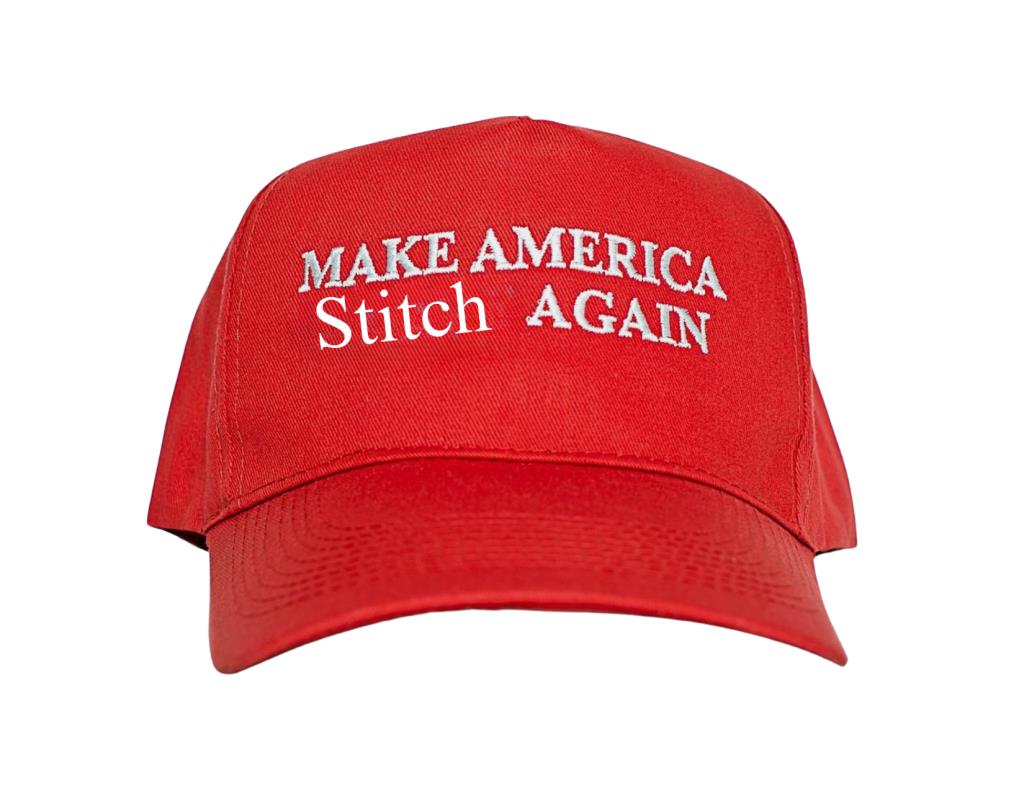Once upon a time in the distant land of “Maybe Soon,” a group of garment manufacturers decided to bring all their factories back to the good ol’ U.S.A. They called this magical idea “reshoring.” Everyone was excited—and then reality set in.
Why Factories Became Extinct
It all started in the 1970s, as brands realized that there were much larger profit margins to be had by outsourcing manufacturing to what were then known as Third World countries, India, Sri Lanka, Hong Kong, Singapore and later Vietnam, Bangladesh, Mexico, Malaysia, Cambodia and China. Gradually, domestic supply chains began to disappear like textile manufacturing, garment factories and trim suppliers. “Made in USA” garments became more expensive for consumers and fast fashion became the rage. Cheap, throwaway clothes were hard to complete with for anyone trying to produce domestically. People loved their fast fashion too much. It was cheaper to buy new than fix old, even if your favorite shirt had mysteriously acquired a coffee stain that looked like the map of Europe.
Today, when industry leaders fantasize about producing clothes domestically, you often hear statements like, “but Americans can’t work like the Chinese”, meaning long hours and for cheap labor. The only products that can be made in the U.S.A are luxury-priced merchandise where price is no object. Can we change this?

Maybe Soon—Maybe Never
While our current government regime promises that by imposing blanket tariffs on countries, it will bring manufacturing back to the states. Not so fast, especially not for the garment business. Why? Because reshoring at scale faces significant structural, economic, and logistical challenges that make a large-scale shift unlikely under current conditions. Key challenges include:
- High labor costs: U.S. labor standards and minimum wages mean the cost to produce a basic T-shirt domestically can be several times higher than sourcing from low-wage countries like Bangladesh or Vietnam. This makes most “Made in USA” garments more expensive for consumers.
- Lost infrastructure and supply chains:Decades of offshoring have eroded the once-robust American garment supply network, including mills and finishing operations. Many key inputs (fabrics, buttons, zippers) are now almost entirely imported, creating further dependence on global supply chains.
- Limited manufacturing capacity:The small size and limited capacity of remaining U.S. factories means they cannot currently meet the vast demand of the domestic market. Large-scale reshoring would require substantial new investment and workforce development.
- Skills and workforce shortages:There are few skilled garment workers available, and vocational training programs have declined, creating bottlenecks for companies wanting to expand domestic operations.
- Higher regulatory and compliance burdens:S. labor and environmental regulations, while protecting workers and the environment, increase compliance costs and bureaucratic complexity for manufacturers.
To accomplish the goal of reshoring, fashion industry leaders must lobby Washington. Our government will need to subsidize and help replace lost supply chains and infrastructure, as well as provide adequate training and guarantee a livable wage to factory workers. They will also need to invest and fund:
- Technological advances: Automation, robotics, and 3D knitting can offset some labor costs, especially for custom, small-batch, or just-in-time production. In the past the government has funded scientific research, solar power and electric cars. Why not the fashion industry?
- Policy support: There are legislative efforts, such as the proposed FABRIC Act, to incentivize domestic production through tax credits and grants but it’s not enough. Much more needs to be done.
In summary, while tariffs and restrictive trade policies may provide short-term protection and spur limited investment in homegrown manufacturing, their overall effectiveness is mixed and highly contingent on the structure of supply chains, the responsiveness of domestic industries, and international retaliation. Most evidence indicates that they are best used narrowly, as part of a targeted suite of industrial policies, rather than as a broad solution for revitalizing homegrown manufacturing at scale.
When and if Washington gets serious about reshoring, University of Fashion will be here to help train those who are ready, willing and able to Make America Stitch Again!
Hey, remember the good old days when your clothes didn’t come with a side of “where in the world was this really made?
-------------------------------------
By: Francesca Sterlacci
Title: Will Reshoring Garment Manufacturing Ever Be a ‘Thing’?
Sourced From: www.universityoffashion.com/blog/will-reshoring-garment-manufacturing-ever-be-a-thing/
Published Date: Thu, 18 Sep 2025 21:45:46 +0000
Read More
Did you miss our previous article...
https://edmmusic.news/fashion-clothing/are-you-feeling-like-a-designosaur
 FestivalsMusicNew ReleasesArtistsFashion & ClothingVideosPrivacy PolicyTerms And Conditions
FestivalsMusicNew ReleasesArtistsFashion & ClothingVideosPrivacy PolicyTerms And Conditions
